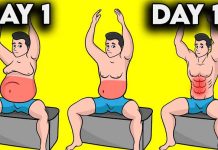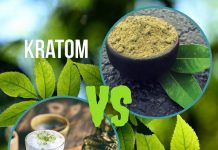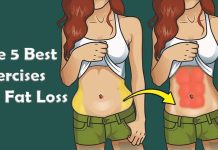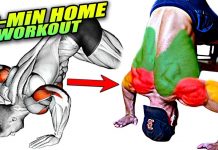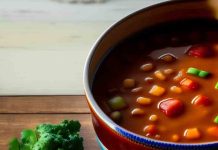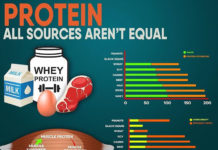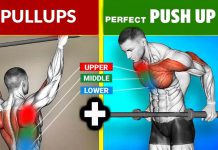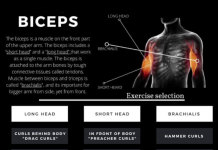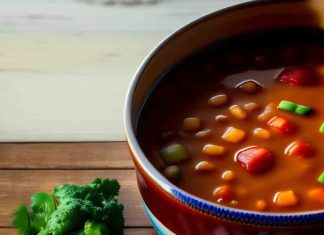How to eat cheese and keep losing weight
In addition to helping you lose weight, our low-fat cheeses may also help you increase your protein intake or lower your calorie intake.
Even a plain cracker may be elevated by the addition of cheese. It’s possible that you’re already wary of cheese if you’re attempting to shed pounds of fat. As a result of the high caloric content of their saturated fats, several types of cheese are not recommended for weight loss. However, switching to low-fat cheese instead of ordinary cheese does not need such a drastic shift in diet. The cheese counter is stocked with low-fat and reduced-fat cheeses. There are, however, low-fat cheeses to choose from. The results of two dietitians were utilized to compile a list of the top 10 low-fat kinds of cheese.
By the way, if you want to impress your guests, make a cheese platter board by Royal Craft Wood with low fat cheese!
Precisely what is low-fat cheese, and what are its advantages?
Sammy Haber Brondo, MD, CDN, a nutritionist and author of The Essential Vegetable Cookbook, points out that cheese contains saturated fat, which has been known to raise cholesterol levels. It’s possible to substitute healthy unsaturated fats (such those found in avocados, olive oil, nuts, and seeds) instead of the kind of fat that’s currently being consumed. In low-fat cheeses, the amount of saturated fat is greatly decreased. However, a dish’s flavor will suffer if it is made with less fat.
To maintain the consistency of the cheese’s texture, the fat is frequently substituted with a binder to Haber Brondo. It’s possible that these cheeses won’t taste as wonderful as the binder, but it’s unlikely. Low-fat cheese is famous for a variety of reasons.
“Low-fat cheese enables individuals to adjust their diets to enhance their health while still enjoying exquisite tastes and the cuisine they love,” says Isabelle Maples, Nutritionist, RDN, registered dietitian and spokeswoman for the Academy of Nutrition and Dietetics.
“Cheese is one of our favorite foods, whether it’s on its own or in a dish. Low-fat cheeses may be used to reduce fat consumption, boost protein intake, or simply to reduce caloric intake. Is it possible to lose weight by eating low-fat cheese?
Consuming low-fat cheese alone will not result in weight loss.
According to Maples, every meal might help you lose weight. All meals should be taken in moderation in order to maintain a healthy diet. Cutting down on your food intake can help you shed pounds. A low-fat cheese substitute may be used in lieu of regular cheese. To burn off your food, you’ll need more energy if it takes longer for the protein to be digested. You should eat protein-rich meals like low-fat cheese if you’re trying to reduce weight. Saturated fat consumption may be reduced by eating low-fat cheese. For those who like low-fat cheese and don’t notice any noticeable change in flavor, dietician Haber Brondo suggests reducing the amount of saturated fat you consume. During your weight loss journey, cheese is the ideal meal.
Because cheese is so concentrated, Maples believes that the quantity of calories in a pound of cheese “matters a bit.” If you’re trying to lose weight, “have your cake and eat it, too” isn’t the best approach.
A few hints:
Choose a variety of tastes in your cheese. For flavor, “Strong cheese may aid add flavor without going overboard on calories,” Maples says. Consider, for example, the difference between hard and soft cheese. It’s possible to use Colby cheese in place of spicy cheddar in a sandwich or casserole. Blue cheese and American cheese may be substituted in a salad to test which one you prefer.
The greatest cheese is freshly grated. Grated cheese, according to Maples, may improve the flavor even more. A quarter cup of shredded cheddar and one ounce (the size of a thumb). Because it’s so little, grated cheese (such as Parmesan or Romano) is a good option because it really does. Matter (and there are just 25 calories in 1 tablespoon of Parmesan.) Freshly grated cheese is also fluffier, making it seem as though you’re getting more than you really are. Maples suggests using a Microplane or a box grater.
“They can speed up the process and make it more convenient. While Parmesan is simpler to shred at room temperature, cheeses with a “ched” feel are more difficult to work with.
Seriously, is there any food tastier than cheese? Although often maligned for being higher in saturated fat and sodium than other snacks or condiments, cheese is delicious, filling, and nutritious at the same time it provides many of the nutrients you need to feel full and last longer, as well as key minerals required for overall health. Plus, you don’t need a lot (about 1/4 cup or 30 grams is 80 to 110 calories, depending on the type and fat content). Try adding these healthiest cheeses to a meal or snack for a richer, richer, more nutritious meal.
Mozzarella cheese
The salt content of this milder, younger cheese is lower than that of more mature, older cheeses, resulting in a sodium reduction (most are less than 10 percent of the RDA for sodium).
With up to eight grams of protein in every 30 grams of cheese, it’s a good source of bone-building calcium, providing 200 mg per serving. To make an excellent Caprese salad, mix fresh tomatoes, fresh basil, and a little olive oil with crumbled Mozzarella cheese.
Swiss cheese
As a semi-hard cheese derived from cow’s milk, Swiss has a lower fat and salt content than other cheeses. If you’re looking for a low-sodium option, make sure to seek cheeses with less than 140 mg of sodium per serving.
On top of all of these great benefits, it contains roughly 20 percent of your daily calcium needs and is higher in vitamin B12 than most other cheeses. This old standby tastes great on sandwiches or filling fruit and nut snacks. There are roughly 100 calories in each slice, making it the ideal post-dinner energy boost.
Parmesan cheese
Vitamins and minerals, including calcium and phosphorus, are abundant in this food. Another benefit is that the salt content of cheeses like Parmesan, which tend to be a bit higher than other cheeses, may benefit those trying to cut down on their sodium intake. Those with lactose-related gastrointestinal issues may benefit from Parmesan aging, which significantly decreases the lactose content of cheese.
Blue cheese
Although blue cheese has a more excellent salt content than other types, it has more calcium, essential for bone health. You need a few crumbs to add flavor to a salad, soup, or any other prepared food.
Cottage cheese
Cottage cheese has a lower calorie count with more protein than other cheeses. When it comes to meals and snacks, it’s a terrific addition. Another vital antioxidant in curd is selenium, which lowers the risk of chronic inflammation.
Ricotta cheese
Ricotta cheese, an Italian dairy product prepared from cow, goat, sheep, or buffalo milk, is mainly whey protein, which offers all of the body’s required amino acids in one convenient form. Whey protein has long been credited with promoting muscle building, weight loss, and cardiovascular health.
Goat cheese
People with lactose intolerance may find goat cheese simpler to stomach than cheese made from milk from cows. Naturally low in lactose, it has a higher concentration of A2 casein, which is less likely to induce gastrointestinal discomfort than milk proteins present in cows’ milk. Adding it to salads, wrapping it, or sprinkling it over toast or fruit with a bit of honey makes this a versatile ingredient.












